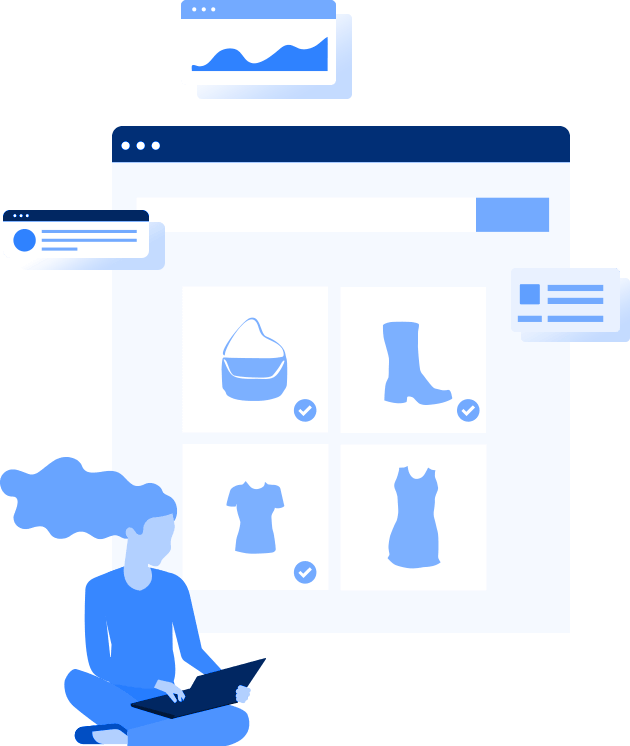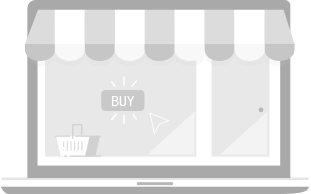As the world changes, people's means of doing business changes as well. When the internet became publicly available, enterprising business owners seized the opportunities offered by an electronically-connected world. It was a slow start, but today, eCommerce has grown to a multi-billion-dollar business model comprising all types of industries, and eCommerce market statistics demonstrate that it's only getting more popular.
Every business owner should gain an understanding of eCommerce because of the massive benefits it can bring to the table. But the popularity and potential of eCommerce doesn't mean it's simple or straightforward — in fact, it can make running a business even more complicated. It's common for entrepreneurs to feel intimidated at first.
Fortunately, as eCommerce grows, better tools, resources, and shopping cart software have become available to make doing business online easier for everyone. Now, eCommerce isn't something only for big enterprises; it's for every business right down to the single proprietor working from their kitchen counter.
So what's eCommerce exactly, and how can it help your business? Let's go in-depth.
History of eCommerce
Just as the internet has been around longer than most people realize (with the creation of ARPANET in
the 1960s), eCommerce was first introduced quite a while earlier than you might guess.
The Beginnings of Ecommerce Online
The first online shopping system was invented in 1979 by English technology innovator Michael Aldrich. He used a phone line to connect an altered television to a computer that could process simultaneous transactions in real time. He called it "teleshopping" and started selling his system to businesses.
Most eCommerce was business-to-business at this time because individual consumers didn't commonly own computers, but there were exceptions. For example, CompuServe launched their Electronic Mall in 1984, which allowed CompuServe subscribers to experience online shopping in a marketplace-style environment. Numerous merchants had a presence on the Electronic Mall that customers could visit to place orders or request information.
The World Wide Web
In 1990, computer scientist Tim Berners-Lee invented a much more accessible way to view data on the internet and named it the World Wide Web. The web is the system of websites, hyperlinks, and browsers that we use today. The development of the web helped popularize the internet among the public, rather than just computer labs and businesses.
The Earliest Online Businesses
The first online stores (as we think of them today) were soon to follow. Book Stacks Unlimited, the world's first online bookstore, opened in 1992. Then 1994 saw the launch of Netscape 1.0 with SSL encryption to keep transactions secure. The next year, Amazon and eBay (then called AuctionWeb) were launched. Shift4Shop was founded in 1997 as a comprehensive eCommerce solution for online storefronts. The next few years saw the release of Google, PayPal, Alibaba, and other internet staples of today.
Continuing Growth
eCommerce shows no sign of slowing down, and each year shows more overall profits than previous years. It's also become much more approachable by the public, with eCommerce solutions like Shift4Shop available to make it possible for anyone to build an online store — not just large companies like in the past. The majority of eCommerce websites are now owned by small businesses rather than the big enterprises that used to dominate the internet.





